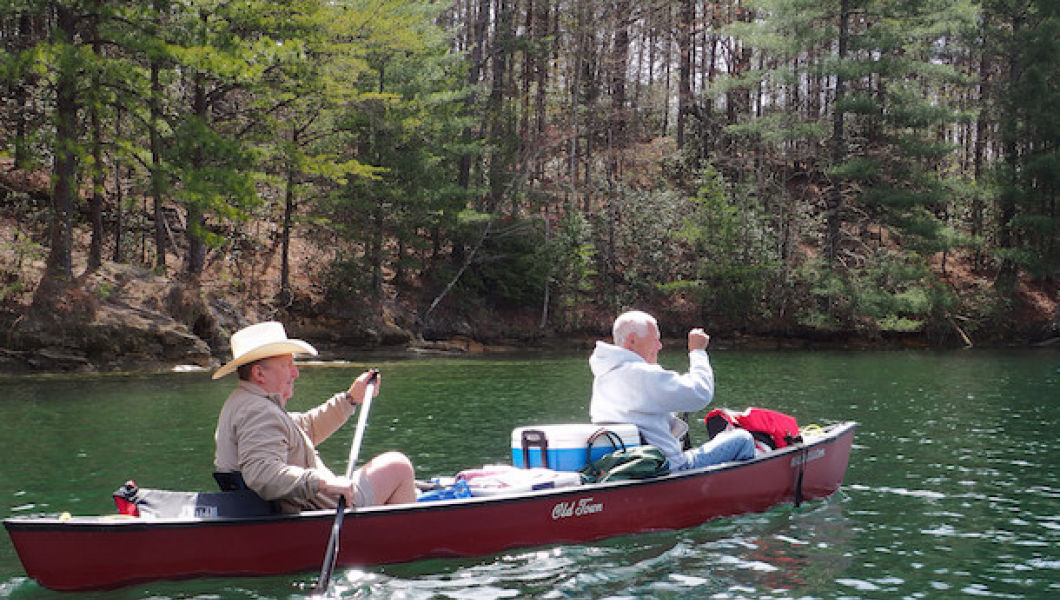In the early years of the 17th century, French explorer Samuel de Champlain traveled across the Atlantic Ocean and sailed on the St. Lawrence River in what is today Canada. Not long afterwards, he encountered a major obstacle at the site of Montreal: the Lachine Rapids. In his journal, he wrote that there was no other way that his boat could cross the rapids but thanks to help of the native Indians, Champlain and his men were able to build canoes.
Champlain noted that “with the canoes, one may travel freely and quickly through the country as well up the little rivers as up the large ones.” Today, the canoe is considered the perfect vehicle in enjoying Canadian waters.
Canoe: The Perfect Vehicle
The canoe is considered as the perfect vehicle is crossing – as well as enjoying – Canada’s pristine lakes and rivers. In the past, the canoe helped the natives explore, hunt, and transport goods.
The design and structure of a canoe depends on certain factors, including its function and the natural resources used to build it. For example, the natives who lived on the west coast used giant red cedars in building canoes. They hollowed out the cedar and filled it with water and red stones to soften the wood and designed it to its right shape. Some of these canoes were built to carry up to two tons of goods and they can navigate safely and speedily on the water, where they were used to hunt large animals and transport people.
The Birch-bark canoe
The birch-bark canoe is the most popular North American canoe. It is made from the outer bark of the birch tree, which is rich in betulinol, a substance that makes it and water-proof.
According to David Gilmark, an expert canoe builder, a birch-bark canoe can wave the rapids where a wood-and-canvas canoe easily gets damaged. The most common materials used in building a birch-bark canoe include birch wood, cedar wood, spruce roots, and tree resin. The abundance of these materials in the forest makes it easier to repair a damaged canoe. What is even better is that these materials make a relatively light canoe that could be carried around dangerous rapids. Canoes are also environmentally-friendly and when they are thrown away or abandoned, they simply break down and return to the ecosystem.
Traditional construction of canoe
Building a canoe in the traditional way is quite impressive. According to a 19th-century observer, the natives did not use nails and screws. Instead, they sew, stitched, and tied the materials in a very uniform pattern that the end-product was so firm and beautiful that nothing better could be asked for.
Before the railway was introduced, the canoe was the fastest and most reliable vehicle in Canada. It even took time before the railway made the canoe obsolete because people chose to travel by train and canoe.
The Canoe in Canada’s Culture
The canoe has been an integral part in the way of life of the early Canadians that it holds a significant importance in the country’s culture and in the belief of its native people. Legends even exist that canoes, not the Biblical ark, carried the survivors to safety during the great flood.
The Canoe in Present-day Canada
Canoeing it now a popular form of recreation in Canada. However, the trees used to build canoes are nearing their extinction thus recent innovations were made that enabled the construction of canoe using aluminum, canvas, wood, and fiberglass.
Indeed, canoeing is not just a perfect way to relax and enjoy a break. It is also a great way to reconnect with Mother Nature and with the Creator who designed everything so long ago.









